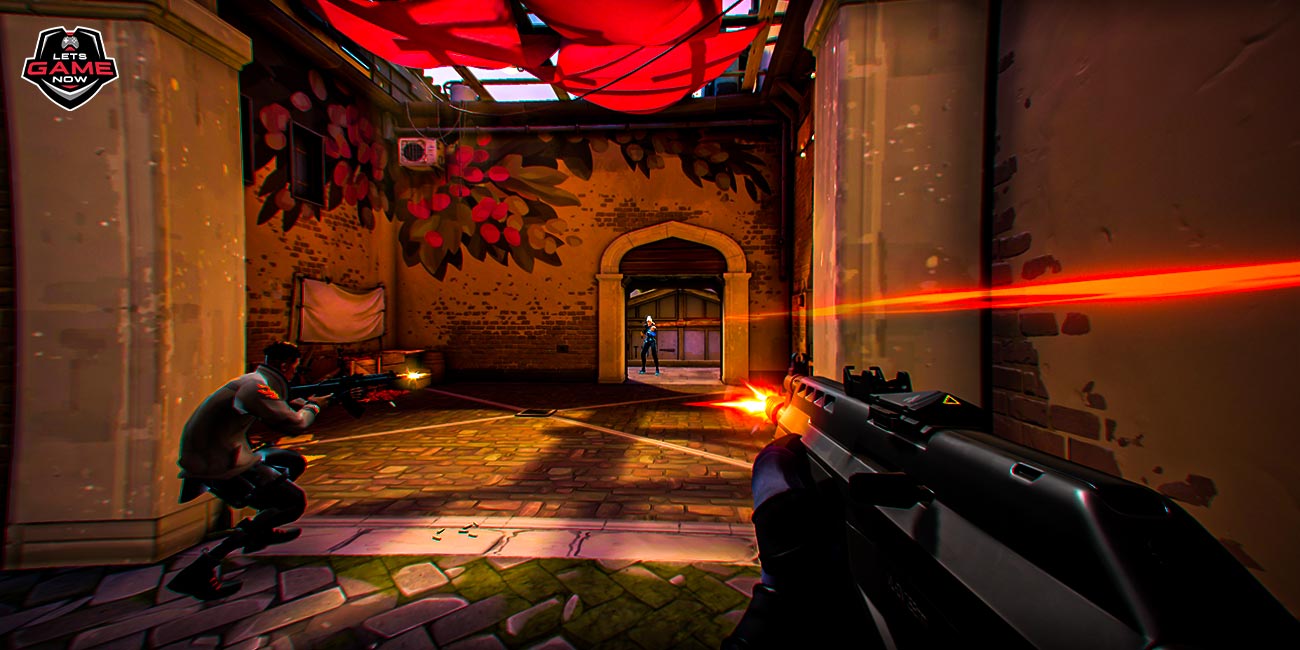


Moin Khot
Apr, 29.2023
Riot Games’ tactical first-person-shooter Valorant is one of the most popular games in the world. Since its launch in June 2020, it has garnered a massive audience, consisting of casual and competitive players.. As the competition increases with such massive pace, Valorant requires players to maintain a high level of focus, skill, and reflex to succeed and win games. Unfortunately, lag and low FPS (frames per second) are hassles for the players and can adversely affect their gameplay. In this article, we will discuss some effective tips for reducing lag and boosting FPS in Valorant.
Optimize In-Game Settings
The in-game settings of the game is one of the most important aspects that plays a crucial part in the game’s output performance and FPS. If the settings are set to high, the game demands more processing power, leading to lag and low FPS or FPS stutters.
By default, Valorant's graphical options are set to high, which can put a significant strain on a computer's resources. Lowering these settings can free up resources, allowing the game to run at a higher FPS with much less lag. Follow the below given steps to reduce the processing power demanded by the game:
Update Graphics Drivers
Graphics drivers facilitate the communication between the operating system and the graphics card. If players use older versions of graphics drivers, they might face performance issues as the communication between the OS and graphics card is not optimal. To solve these issues, players can update their graphics drivers.
Players can download the latest version of the graphics driver by visiting the website of the graphics card manufacturer, such as NVIDIA or AMD, and downloading the most recent version. After the download is complete, the players can install it on their PCs.
Close Background Processes
When you use your PC, many programs run in the background, including system utilities, third-party apps, and more. Some of these programs may be useful for optimal operations, but rest may not be necessary, such as browser extensions and media players. All of these programs use your resources, such as CPU, GPU, and memory, to run in the background, so closing these unnecessary background processes can drastically help in reducing lag and boosting FPS in Valorant.
To close unnecessary background processes, players can open the Task Manager by pressing Ctrl + Shift + Esc. Once the task manager is opened, players have to navigate to the "Processes" tab. Here, they can sort the list by usage to identify the programs consuming the most resources. They can also look for programs that are not important and end the tasks by clicking "End Task."
Although the aforementioned tips may help you to reduce lag and boost FPS in Valorant, it is important to know that your maximum performance will be restricted according to your graphics hardware. If you struggle to get good performance out of your PC despite following the above-given tips, you might need to consider investing in a more powerful hardware.